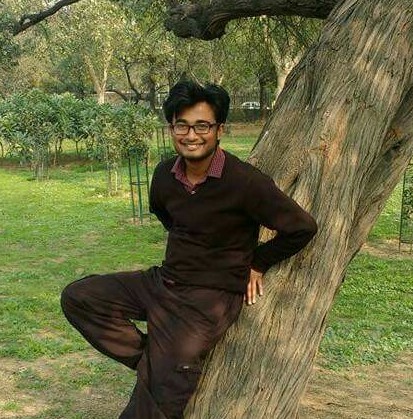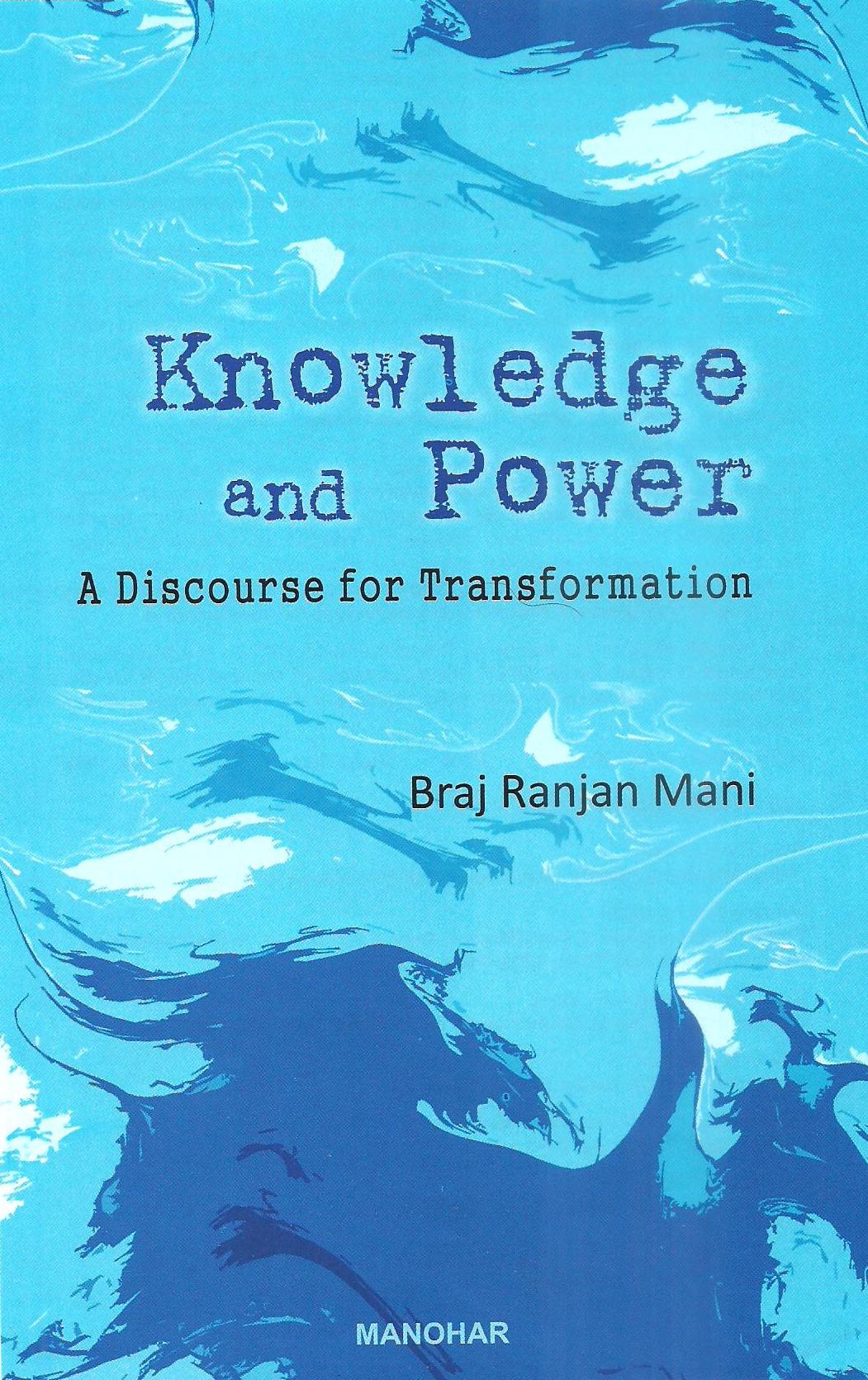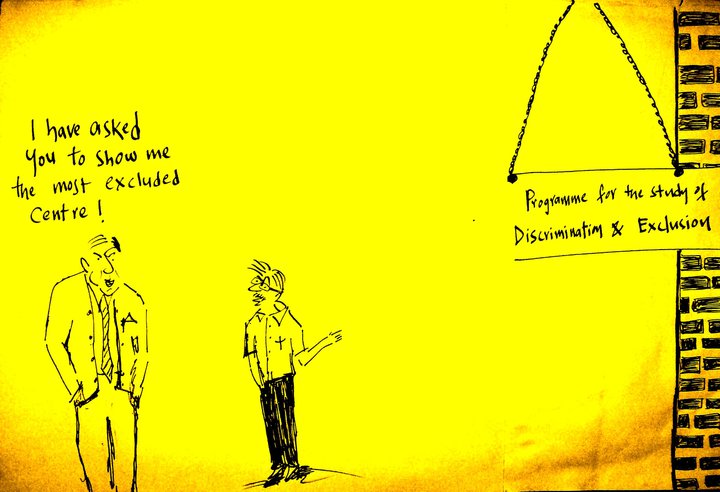Umar Nizar
(DEUS ABSCONDITUS AT THE KOCHI-MUZIRIS BIENNALE)
`I am not your data’
-Abhay Xaxa
Saddam Hussein, the erstwhile dictator of Iraq, was executed on a local holy day. The imperial revenants always make it a point to make their emergence on such occasions. Such was the case of a hatchet job perpetrated by the global art bourgeois upon a subaltern art event in the coastal state of Kerala in India, just before local artists were about to sit down with their families for the annual Christmas dinner. Locations in the global south form the data, while the late capitalist elite provide the theoretical shenanigans.
DIVIDE ET IMPERA
Divide et Impera is the favourite ploy of the imperial elite that strives to pit the worker against the boss, the subaltern against the subaltern, the minority against the minority, worker against worker and so on. From The ensuing chaos often proves conducive for cynical exploitation by global art magazines and the globe-trotting crowd of glib fashionistas who in their facile smugness forget third world reality.
`A fool lies here, who tried to hustle the east’-Kipling
INDIA IN SLOW MOTION
The legendary broadcaster, Mark Tully has often remarked upon the `kuch bhi chalte hai’ approach of relaxed efficiency in the Indian subcontinent. He was perhaps alluding to the subaltern consciousness and its Buddhist collective unconscious as well as an imputed circular temporality wherein the western structure of the linear bildungsroman, of birth-life-death is rendered superfluous by a subjective divestment/destitution through life and rebirth as a continuum process. The art biennales worldwide, have sought to be politically correct while taking on the erstwhile ethical mantle of activist literature, from Harriet Beecher-Stowe onwards. But in the process, what the global art elite are missing is the local specificities of a colonial, third world, subaltern location like Kerala in India, which operates under hefty expectations even as it struggles against institutional malaise and right wing apathy from the larger political formations in India which impinge upon commercial interests and capitalists to deny spaces to global art events. Such is their blindness that in the heat of raising righteous politically correct calumny, the obvious political forces at play are ignored. Denial of service is a right wing ploy as it is making its advent to take over the world through social engineering.
ART AND THE VISHWAKARMA RENAISSANCE
The global art bourgeois is part of the problem and not the solution. The effervescent subaltern, Vishwakarma-minority renaissance that has been envisaged by the subaltern biennale doesn’t figure anywhere in the scopes of the contemporary global art crowd, with its science fair zeal for social engineering. Such was the conception of the subaltern biennale that it could have served as a lodestone for the oppressed classes worldwide. But right from its inception, the interface of the global art bourgeois with the local subaltern in Kerala was fraught with crises. The present feigned blindness of the omniscient global elite doesn’t do away with the fact that the current crises are precisely its creation.
The American environmentalist Annie Dillard in her writes about her observing a giant water bug snuffing the life out of a frog:
“He didn’t jump; I crept closer. At last I knelt on the island’s
winter killed grass, lost, dumbstruck, staring at the frog in the, creek just four feet away. He was a very small frog with wide,dull eyes. And just as I looked at him, he slowly crumpled and
began to sag. The spirit vanished from his eyes as if snuffed. Hisskinemptied and drooped; his very skull seemed to collapse and settlelike a kicked tent. He was shrinking before my eyes like a deflat-
ing football. I watched the taut, glistening skin on his shouldersruck, and rumple, and fall. Soon, part of his skin, formless as apricked balloon, lay in floating folds like bright scum on top of
the water: it was a monstrous and terrifying thing. I gaped bewildered, appalled. An oval shadow hung in the water behindthe drained frog; then the shadow glided away. The frog skin
bag started to sink’’.
-Annie Dillard, Pilgrim at Tinker Creek
The same fate has been envisaged for the biennale, by the giant dollar bugs.
Material cultures and histories hold the key to emancipation of millions of Indians who for long have been held hostage by spiritualist and idealist notion of religiosity. The craftsmen and women who have for millennia crafted the Indic social and religious ethos with their aesthetic craft have an instrumental role in the this process. That has been thwarted in a specific local context by the global art bourgeois intervention. It was a manifestation of `humanist anti-humanism’. The public outrage at thwarted entitlement and quasi-workerist fantasies was delivered with the certainty that the subalterns would be sitting ducks who won’t be able to respond in kind through global art media outlets. The crass and unfeeling manifestation of first world entitlement will continue to haunt the biennale for long.
Annie Dillard writes on the absent god during divine occasions: “ But
at the same time we are also created. In the Koran, Allah asks,“The heaven and the earth and all in between, thinkest thou Imade them in jest?” It’s a good question. What do we think of
the created universe, spanning an unthinkable void with an unthinkable profusion of forms? Or what do we think of nothingness, those sickening reaches of time in either direction? If the
giant water bug was not made in jest, was it then made in earnest?Pascal uses a nice term to describe the notion of the creator’s,once having called forth the universe, turning his back to it:Deus
Absconditus. Is this what we think happened?’’-Annie Dillard, Pilgrim at Tinker Creek
~~~
Umar Nizarudeen is with the University of Calicut, India. He has a PhD in Bhakti Studies from the Centre for English Studies in JNU, New Delhi. His poems and articles have been published in Vayavya, Muse India, Culture Cafe Journal of the British Library, The Hindu, The New Indian Express, The Bombay Review, The Madras Courier, FemAsia, Sabrang India, India Gazette London, Ibex Press Year’s Best Selection, and also broadcast by the All India Radio.










